Picture this: 72,000 drivers worldwide now own cars that produce nothing but pure water from their exhaust pipes. No carbon monoxide. No nitrogen oxides. No particulate matter.
Water vapor ‼️
The Toyota Mirai has quietly revolutionized automotive engineering while most of us weren't looking. When drivers first experienced water literally dripping from their tailpipes, many panicked, thinking their brand-new vehicle had developed a serious leak. "My car must be broken," became the most common first reaction among Mirai owners, according to automotive forums and dealership reports.
They couldn't have been more wrong.
The Science That Sounds Like Science Fiction
Here's what actually happens under the hood of a hydrogen fuel-cell vehicle. The fuel cell stack combines stored hydrogen with oxygen from ambient air in an electrochemical reaction that generates three things: electricity to power the motor, heat, and H2O, pure water.
No combustion occurs. No explosions. The hydrogen never burns.
Instead, the fuel cell operates like a reverse electrolysis process, silently converting chemical energy into electrical power. The Toyota Mirai produces approximately 240 milliliters of water for every 4 kilometers of driving. That water exits through the exhaust as vapor or liquid, depending on ambient temperature and humidity conditions.
The result? A sedan that delivers 402 miles of range, accelerates smoothly, and leaves nothing behind except puddles of distilled water.
When Reality Beats Expectations
"I thought something was seriously wrong when I saw all that water," explains one Mirai owner in California automotive forums. This reaction mirrors thousands of similar experiences globally as hydrogen technology expands beyond early adopters.
The 2024 Toyota Mirai even includes an H2O button that allows drivers to manually purge accumulated water from the system before parking. Toyota engineered this feature specifically for parking garages and enclosed spaces where water accumulation might concern property managers.
Think about that engineering decision. Toyota built a button whose sole purpose is managing the water your car produces while driving.
The Numbers
The global hydrogen fuel-cell vehicle market reached $2.38 billion in 2024 and projects growth to $17.73 billion by 2034. These aren't small-scale demonstration projects anymore.
Here's what sets fuel cell technology apart from battery electric vehicles:
- Refueling Speed: Five minutes to fill hydrogen tanks versus 30+ minutes for fast-charging batteries
- Range: Over 400 miles per tank without performance degradation in cold weather
- Weight: No massive battery packs affecting vehicle dynamics and cargo space
The Mirai achieves 76 MPGe in city driving while maintaining the driving characteristics drivers expect from conventional vehicles.
Beyond the Novelty
BMW has confirmed their own hydrogen vehicle program produces exhaust consisting entirely of pure water vapor. Hyundai markets their HTWO fuel-cell system as “a hydrogen-powered powertrain that emits only pure water”.
This isn't Toyota's isolated experiment. Major manufacturers recognize hydrogen as complementary technology to battery electric systems, particularly for longer ranges and commercial applications.
"This thing drives better than most gasoline cars I've owned," notes a 2024 Mirai owner reviewing their first year of hydrogen driving. The nearly silent operation, instant torque delivery, and zero local emissions create a driving experience that surprises even skeptical automotive journalists.
Infrastructure Reality Check
Currently, hydrogen refueling stations remain concentrated primarily in California, limiting widespread adoption outside that market. However, the technology proves that zero emission transportation doesn't require compromising convenience or performance.
When automotive engineers developed internal combustion engines over a century ago, gasoline infrastructure didn't exist either. Henry Ford's customers couldn't envision gas stations on every corner because none existed yet.
Today's 72,000 hydrogen vehicle owners worldwide represent early evidence that cars producing nothing but water vapor aren't science fiction, they're science fact. The question isn't whether this technology works. The question is how quickly supporting infrastructure will expand to match the engineering capability Toyota and others have already demonstrated.
Next time you see water dripping from a vehicle's exhaust, don't assume there's a problem. You might be witnessing the future of automotive propulsion, one drop at a time.
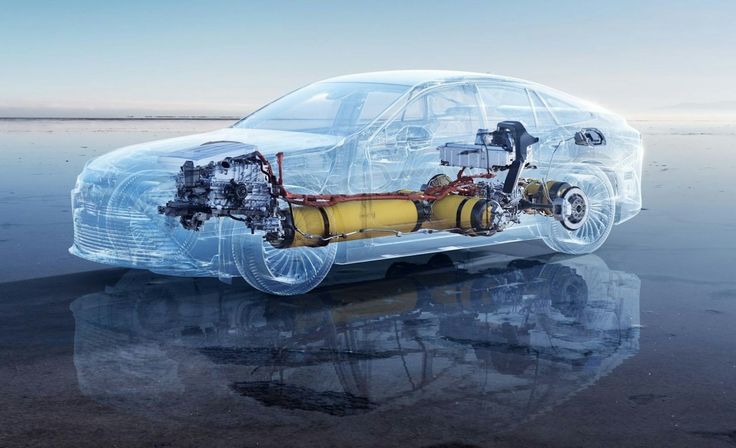
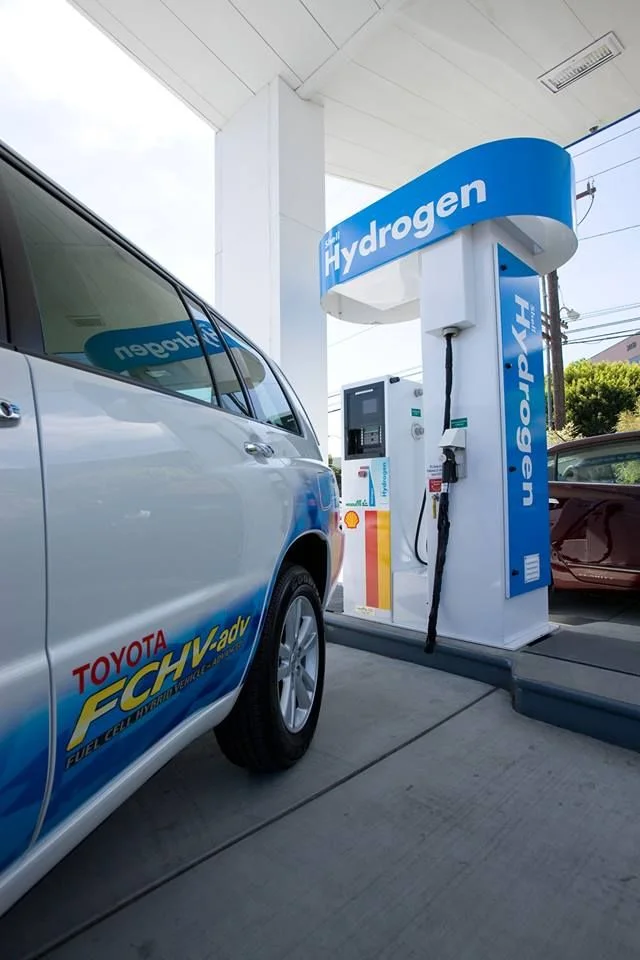
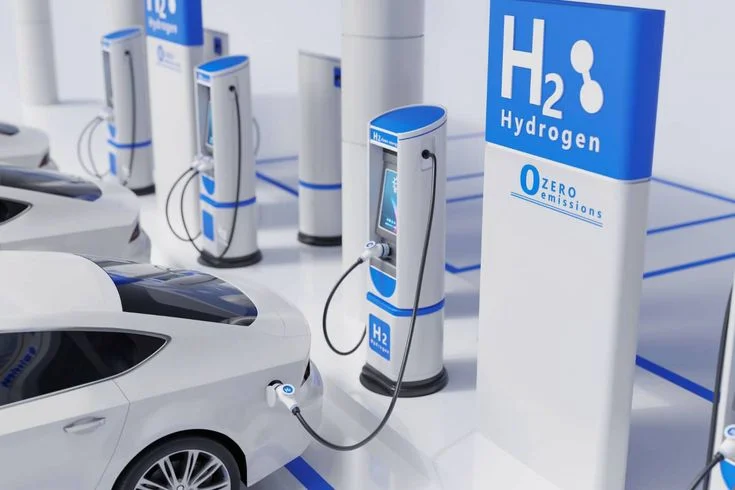
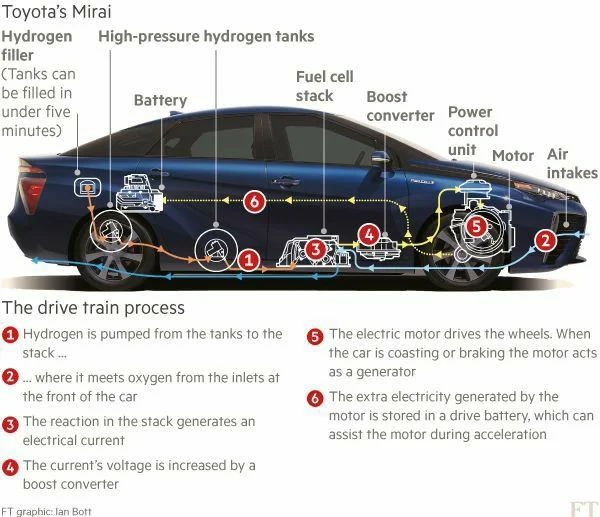
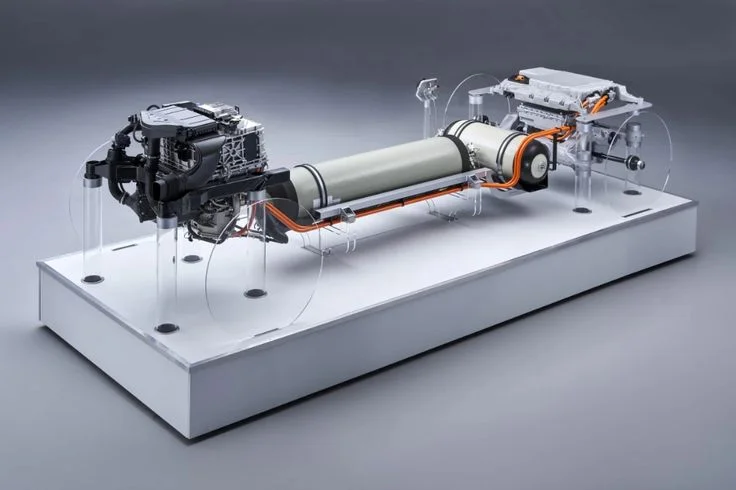
Comments (0)
Please login to join the discussion
Be the first to comment on this article!
Share your thoughts and start the discussion